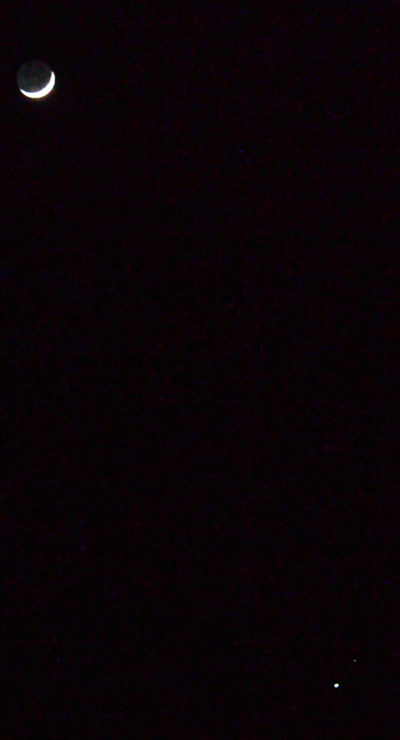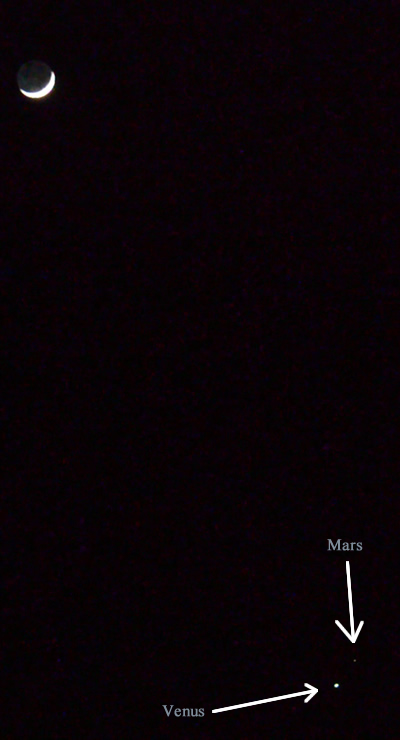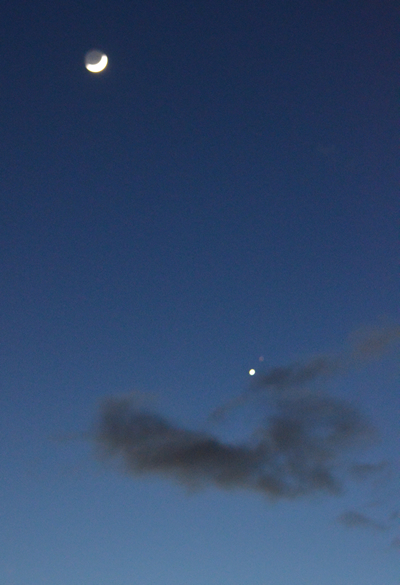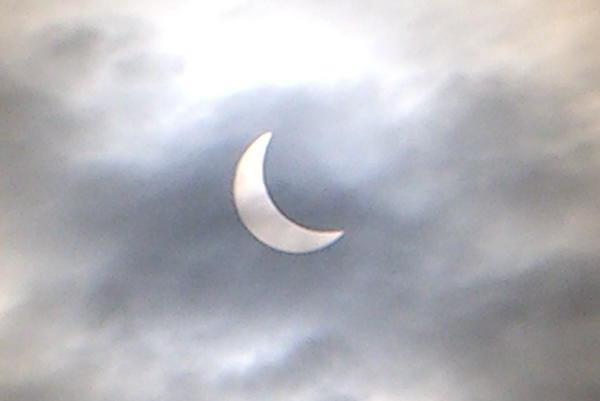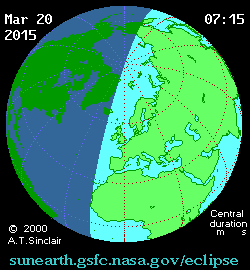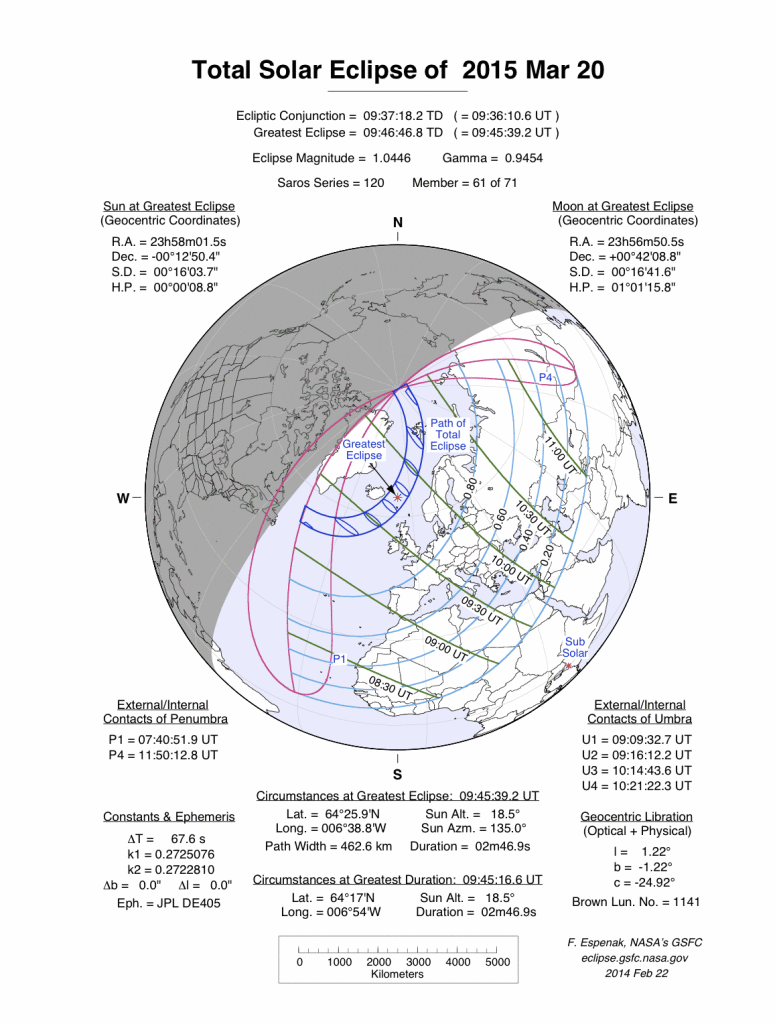Lyrids Meteor Shower Watch #1
Last night I went out to try and find some meteors as it was a beautiful night. It was clear as a bell and the stars were twinkling away above me!
I must have spent a good hour or so outside the back of my house, from about 9:15 until 10:15, but as the days are getting longer now, it didn’t get fully dark until nearer the time I went in. Because of this, I didn’t actually see any meteors, but did see a record for me of 7 satellites and 3 planes. The ISS was due to fly over as well, but I must have missed that unfortunately.
A couple of nights ago, I was outside for only 10 minutes and I managed to see 3 satellites and a really bright meteor shoot overhead, so it shows how random these meteors are.
The Lyrid Meteor shower of 2015 isn’t due to reach its peak until tomorrow night (22nd April), so I am hoping that whilst the weather lasts, I will try again tonight and tomorrow and see what I can see. Hopefully, a few more meteors will shoot over our house in the next couple of days, as it really is an astonishing spectacle!
Moon, Mars And Venus
Just after Valentine’s Day this year, the Moon, Mars and Venus all lined up vertically in the night sky. Unfortunately, in Plymouth, the weather was awful for the few days of the alignment so I was unable to see it, but when it cleared on the 22nd February, I managed to take a couple of photos of the Moon and the planets. As you can see below, they weren’t quite in line, but I was amazed at how close Mars and Venus were to each other, considering only a week or so previous, Mars was all the way up to the far left of the Moon.
Here is the photo I took. See if you can spot Mars near Venus.
If you had trouble making out Mars in the above pic, here is an annotated version. You will see how close Mars was to Venus.
Here is another pic I took when it wasn’t quite so dark. Unfortunately, I couldn’t get the camera to focus properly so the brightness of the Moon and Venus made them blurry, but at least in this pic, you can clearly make them out, and also Mars as the reddish splodge just above and to the right of Venus.
Solar Eclipse Over Plymouth
This morning was the partial Solar Eclipse over Plymouth, and the event put on a very good show! The weather was pretty good, even though a smoggy cloud had blown over the city, and the Sun was shining quite brightly behind the thin layer of cloud/smog. In fact, the cloudy smog actually helped as it stopped the Sun from shining at its brightest, which helped viewing immensely, especially for those of us who didn’t have any special viewing glasses. Instead, it was possible to wear sunglasses at the height of the event and see the eclipse properly (in moderation of course), as the cloudy smog blocked out any extreme brightness.
When the event reached its pinacle at about 9:25 am, about 86% of the Sun was obscured by the Moon, looking at it from Plymouth. An eerie darkness spread over and the temperature plummeted! It was already a cold morning (1.5 degress when I cycled to work), and easily must have got close to that when the Sun was mostly covered. It was a very noticeable temperature difference anyway! There seemed to be a hush amongst any wildlife as well, from start to finish, and there was no wind at all. It was silent and still, which made the event more special.
I was watching it from the car park at the Plymouth Science Park, where I work, and our entire office (bar one) went outside to have a look. Everyone was trying to take photos on their phones, but the Sun was still too bright for that really, unless you were really lucky! It seemed that the small part of the Sun that was poking out from behind the Moon was trying to make up for the covered up bit! Needless to say, we all looked at the Sun a little more than we should have! Tut!
It was great though and gave me goosebumps when the Moon could be clearly seen in front of the Sun, it was just a shame that I didn’t have any proper glasses. Next time, I will make sure to have some, that’s for sure!! 😉
Here is the best photo that I managed to take from my mobile phone. Due to the brightness of the Sun, the actual eclipse was refracted and reflected to a different area on the lens, and shows at the bottom left of the image, instead of where it should be, amongst the brightness in the centre of the image. I was quite pleased with the aurora effect that came out around the brightly lit area though (where the Sun/eclipse was meant to be)! This image was taken at about 9:26am, so the Moon was roughly covering 86% of the Sun at this point.
My wife managed to get a better picture at home using an old Casio digital camera. In this one, you can clearly see the eclipse taking place and it is in the right place in the sky (as opposed to mine above!). It is a few minutes before it reached its peak, so you can see more of the Sun in this one, but you can quite clearly see the Moon making it’s way across.
What an amazing spectacle, and I can’t wait for the next one in 2021, although it won’t be quite as good as this one. I certainly won’t be around for the next Total Eclipse in the UK in 2090, but my three boys may! 😉
Northern Lights In The UK
Over the past couple of nights, it has been possible, if you are lucky enough, to view the Northern Lights (Aurora Borealis) in most parts of the country, and even as far south as Cornwall. In fact, there were some amazing photos taken at Goonhilly Earth Station in Cornwall by a cameraman and photographer called Stephen Oxborrow (see pic below).
This amazing sight, seen over Cornwall, was due to a severe solar storm hitting the Earth and causing very highly charged particles to hit the Earth’s magnetic field. Due to the intensity of the storm, the spectacle could be seen much farther South than normal (not just in the Arctic).
So last night I decided to take a quick drive up to Dartmoor to see if I could see the amazing Northern Lights. Unfortunately, I was unsuccessful and could only see blackness (there is currently no Moon early in the night). I did try a few places but all I could see in the sky was a vast amount of stars shining brightly back at me. It was a real shame, and if I wasn’t alone, I may have stayed out a bit longer. Hopefully there will be another opportunity to see this amazing phenomenon at some point in my life.
If you saw any of the Northern Lights, please tweet me at @strethewey and let me know, along with any pictures which I will be happy to post on this blog. 😉
Partial Solar Eclipse 2015
This year we will see our first solar eclipse since 1999. The eclipse on Friday 20th March will not be a total eclipse though, with only about 84% of the Sun being covered by the Moon, here in Plymouth, UK. You would have to be in the north of the country to get closer to a total eclipse, but even then it will only be about 94%. To get the best eclipse, you would have to be situated in northern Europe and the Arctic. The partial eclipse in Plymouth will start at approx 8:20 am and will reach its maximum at about 9:25 am, with the event completing at about 10:25, when the Moon again clears the Sun.
The below animation from NASA, shows how the Moon’s shadow will fall over the Earth during the eclipse.
Here is a map put together by NASA to show the partial and total eclipse of the Sun across the World.
Hopefully it will be a clear day in Plymouth, and the spectacle will be great to watch (if those of you who work are allowed out of the office briefly to take a look!). I will certainly be going outside to take a look as the eclipse in 1999 was on a cloudy day, so the Sun wasn’t visible at all. The only way you could tell that it was happening was because it got dark! I am really hoping that this year, the eclipse will be viewable, and not have to rely on the day getting darker to know that it is happening. The next eclipse will be in 2026, so if you miss this one, then you will have to wait for several years to try again!
I do still need to get some eclipse glasses, as don’t have any of those. Remember, if you want to view the eclipse as best you can, you need to make sure you use the correct equipment, otherwise it can be very dangerous to your eyes!
If you have any comments on the eclipse in Plymouth, please tweet me at @strethewey or leave a comment on this post. If you have any photos, please also tweet me and I will be happy to post them on this blog.
Enjoy the eclipse! 😉
